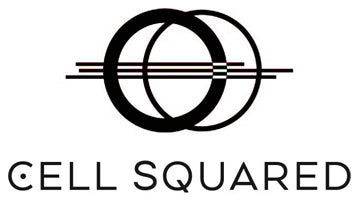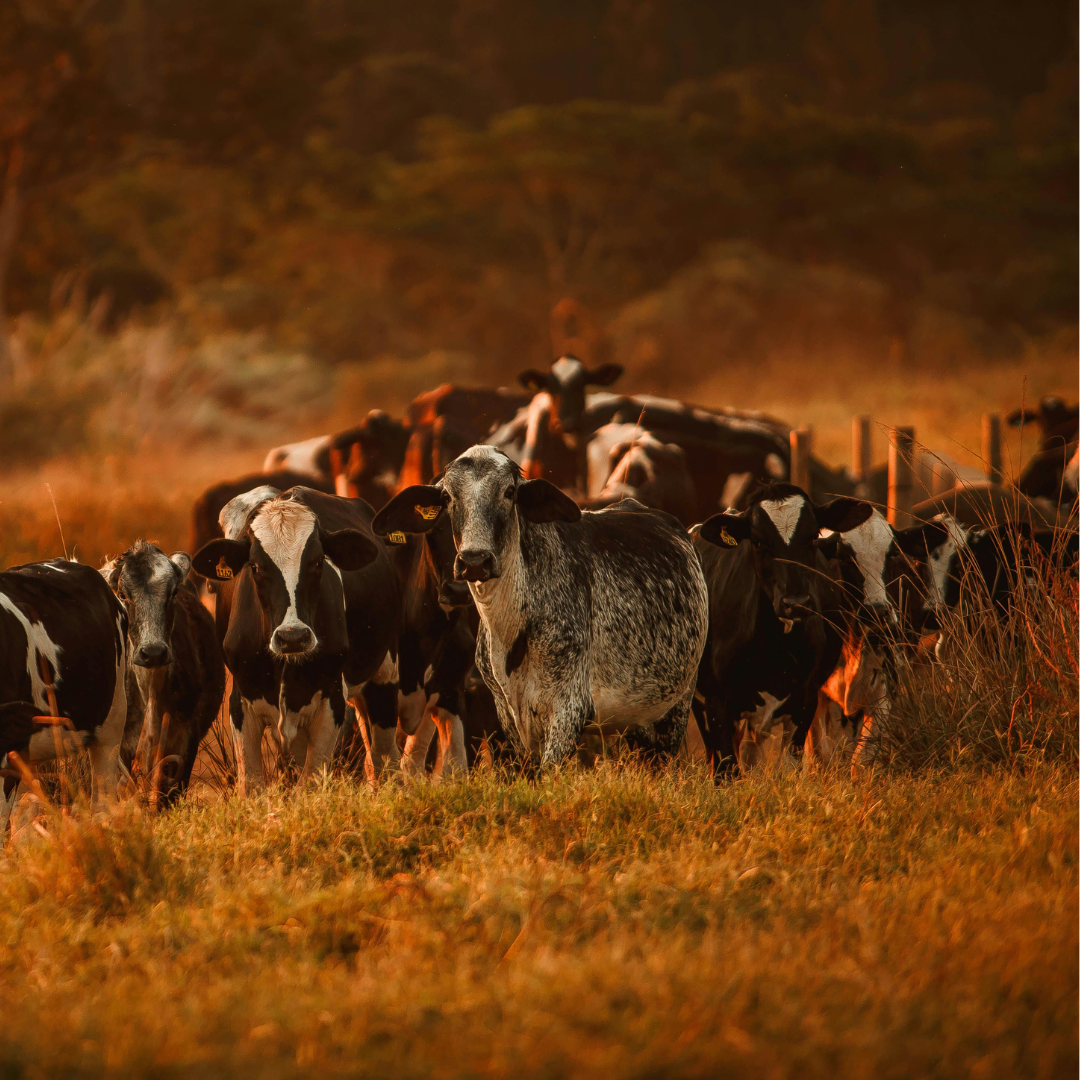A common question among health enthusiasts is, "Should I take Vitamin C and Iron together?" This article aims to clear up the confusion surrounding this topic. Firstly, we'll explore the significant role of iron in our bodies, from forming haemoglobin to boosting energy production and immune health.
Crucially, we’ll then examine how Vitamin C interacts with the two main types of dietary iron - heme and non-heme - and the implications for your diet and health.
This blog aims to clarify the widespread misconception regarding the role of Vitamin C in the absorption of animal-based heme iron - a topic often confused and overstated due to its established connection with the absorption of plant-based (non-heme) iron.
Iron in the Body: A Key to Health
Iron is fundamental to our well-being, playing several vital roles. It's crucial in creating haemoglobin, which carries oxygen in our blood. But that's just the start; iron also helps in energy generation, supports a robust immune system, and is essential for cognitive health.
There are two main types of dietary iron – heme and non-heme.Heme Iron, from animal sources, is absorbed by our bodies more efficiently, generally at a rate of 15% to 35%. On the other hand, plant-based or synthetic non-heme iron has an absorption rate of about 1% to 15%. Understanding this distinction is key to optimising our iron intake.

Non-Heme Iron: Plant-Based, Less Absorbable
Non-heme iron, mainly found in plants, is a key element of vegetarian and vegan diets. Though essential, it’s not as easily absorbed as heme iron from animal sources as it is often competing with compounds (AKA anti-nutrients) that inhibit iron absorption such as Oxalates, Phytates, Lectins, & Polyphenols to name a few.
Anti-nutrients are not to be seen as inherently ‘bad’, however plants do require proper preparation techniques to help reduce Anti-nutrients and enhance iron absorption. This can be a notable consideration for plant-based dieters seeking to maintain optimal iron levels.
The following plant sources of non-heme iron each require a degree of preparation to reduce anti-nutrients and unlock the iron:
Legumes
Beans, lentils, and chickpeas
Leafy Greens
Spinach and kale
Nuts and Seeds
Almonds and pumpkin seeds
Whole Grains
Quinoa. Fortified cereals are often classed as a plant-based source of iron, however the iron present in any fortified foods is a synthetic form of iron, not a natural one.
Absorbing non-heme iron from plants is always going to be more challenging given the presence of anti-nutrients which inhibit iron. Other than reducing anti-nutrients with proper plant preparation techniques, there are further ways of enhancing the absorption of non-heme iron through dietary combinations, particularly with Vitamin C-rich foods that help further neutralise anti-nutrients such as phytates.
Introducing Vitamin C: Food Sources and Benefits for Overall Health
Vitamin C, also known as ascorbic acid, isn't just crucial for a strong immune system; it can play a role in assisting plant-based non-heme iron absorption. This essential nutrient is well-known for its antioxidant properties and its vital role in collagen synthesis, which is important for maintaining healthy skin, blood vessels, and bones.
You can find Vitamin C in a variety of foods:
Citrus Fruits
Oranges, lemons, and grapefruits are famous for their rich Vitamin C content.
Berries
Strawberries and blueberries provide a delightful way to boost your Vitamin C intake.
Vegetables
Bell peppers and broccoli are not only nutrient-rich but are also excellent sources of Vitamin C.
In certain circumstances Vitamin C has an ability to assist the absorption of non-heme iron, the type found in plant-based foods, making it particularly important for those on vegetarian or vegan diets.
Vitamin C's Role in Enhancing Non-Heme Iron Absorption
Studies show that vitamin C is a vital player in increasing the absorption of non-heme iron. This is particularly important for individuals who rely primarily on plant-based sources for their iron needs . Let’s dive into how Vitamin C makes a difference:
Chemical Conversion
Vitamin C assists in converting non-heme iron, which is typically in a less absorbable ferric state, into a more soluble ferrous state. This conversion significantly boosts the amount of iron that the body can absorb from plant-based foods.
Counteracting Inhibitors
As touched on above, many plant foods contain compounds known as anti-nutrients that can hinder iron absorption. Vitamin C helps to negate these inhibitors, enhancing the body's ability to take in non-heme iron*.
Integrating Vitamin C-rich foods into meals that contain plant-based iron sources is a strategic way to get the most out of poorly absorbed non-heme iron. Whether it's adding a splash of lemon juice to your sauteed spinach or pairing a vitamin C-rich fruit with your soaked & sprouted legume dish, these combinations can improve iron absorption from plant-based foods.
*It is still important to note that Vitamin C alone won’t completely negate phytates and to explore proper preparation techniques of plant foods to further reduce inhibitors & enhance iron absorption.

Busting Misconceptions: Vitamin C's Limited Role in Heme Iron Absorption
Contrary to some claims and underscored by Michigan State University , Vitamin C's role in enhancing heme iron absorption is minimal. Heme iron, primarily found in animal products, is already highly bioavailable, meaning our bodies absorb it effectively without the need for Vitamin C.
Inherent Bioavailability of Heme Iron
Heme iron, which is abundant in meats and seafood, is readily absorbed by the body. This efficiency renders the impact of Vitamin C on its absorption relatively insignificant.
Focused Benefits of Vitamin C
While Vitamin C is not essential for heme iron absorption, it remains an important nutrient for overall health. Its benefits in immune support, collagen production, and as an antioxidant are undiminished and contribute to a well-rounded diet.
It’s important to recognise that while Vitamin C aids in absorbing non-heme iron from plant sources, its necessity for heme iron absorption from animal sources is a misconception.
Understanding this difference helps in making informed dietary choices for optimal iron intake.

Understanding Vitamin C and Iron for Healthier Choices
The role of Vitamin C in enhancing iron absorption from plant-based foods is important, especially for those following a plant-rich diet. Pairing plant-based non heme iron sources with Vitamin C-rich foods can assist the usually poor absorption rates, which under certain circumstances can improve overall iron intake.
If you take iron intake seriously it is best to focus on animal-based heme iron, its has the well known advantage of being much more bioavailable, ready for the body to easily absorb and use efficiently. As we discussed in this blog Vitamin C has a very limited impact on heme iron absorption, so it is not necessary to consume Vitamin C at the same time as heme iron.
We do recommend integrating Vitamin C-rich foods such as oranges or citrus fruits to improve Vitamin C intake and overall health.
Best foods for dietary Heme Iron intake?
One of the most efficient ways to maintain dietary iron intake is through eating a healthy balanced diet while focusing on naturally iron rich foods. Best Heme Iron foods are:
- Eggs
- Red Meat
- Beef Liver
- Beef Spleen
- Seafood
- Poultry
Want to learn more about which foods are best for Iron intake? Read our blog here - What Foods Are High In Iron
Struggling to include heme iron-rich foods like liver and spleen in your diet?
We get it, while these organs are some of the richest natural sources of heme iron, they can be tricky to source, time-consuming to prepare, and a bit intense in flavour, even for seasoned beef organ eaters.
That’s why we created two wholefood options to make it easier:
Beef Organs Powder - Our AWARD- WINNING ACO Certified Organic Beef Organs Powder is our blend of beef liver, spleen, heart and lung. With a mild flavour and fine texture, it’s easy to mix into everyday meals, think smoothies, stews, meatballs, purees, even pancakes and animal-based ice cream. Visit our recipe page for inspiration.
Beef Spleen & Liver Capsules – Prefer a completely tasteless option? These DUAL AWARD-WINNING capsules contain freeze-dried beef spleen and liver powder, offering a simple, tasteless, convenient, mess-free way to incorporate two of the most iron-rich organs into your daily routine. Easier to integrate each day compared to beef organs powder. All you need 30 seconds of time, one serve of beef spleen & liver capsules, plus a glass of water.
Both options provide naturally occurring Heme Iron, along with B12, Riboflavin (B2), Vitamin A (retinol), and Folate (B9), nutrients that support energy production, red blood cell formation, iron metabolism, iron transport and general wellbeing
Does Vitamin C help with Heme Iron absorption?
Not significantly. While vitamin C can enhance the absorption of non-heme iron (from plant sources), its effect on heme iron (the form found in animal products) is very minimal. According to research from Michigan State University, Heme Iron is already highly bioavailable and doesn’t require Vitamin C to be effectively absorbed.
Is beef spleen a rich source of heme iron?
Beef spleen is one of the richest natural sources of bioavailable heme iron.
Heme iron is the most easily absorbed form of iron and is readily recognised by the body. Unlike non-heme iron (found in plant sources), it doesn’t require conversion before it can be effectively utilised.
Do I really need to be consuming Vitamin C the same time as beef liver?
If you take iron intake seriously it is best to focus on animal-based heme iron from sources such as such as beef spleen and beef liver.
Heme iron has the advantage of being much more bioavailable, ready for the body to easily absorb and use efficiently. As we discussed in this blog Vitamin C has a very limited impact on heme iron absorption, so it is not necessary to consume Vitamin C at the same time as beef liver and beef spleen.
What are the best food sources of Vitamin C?
Organic oranges or orange juice is our favourite source of natural Vitamin C. On average one orange contains between 70-90% RDI of Vitamin C.




